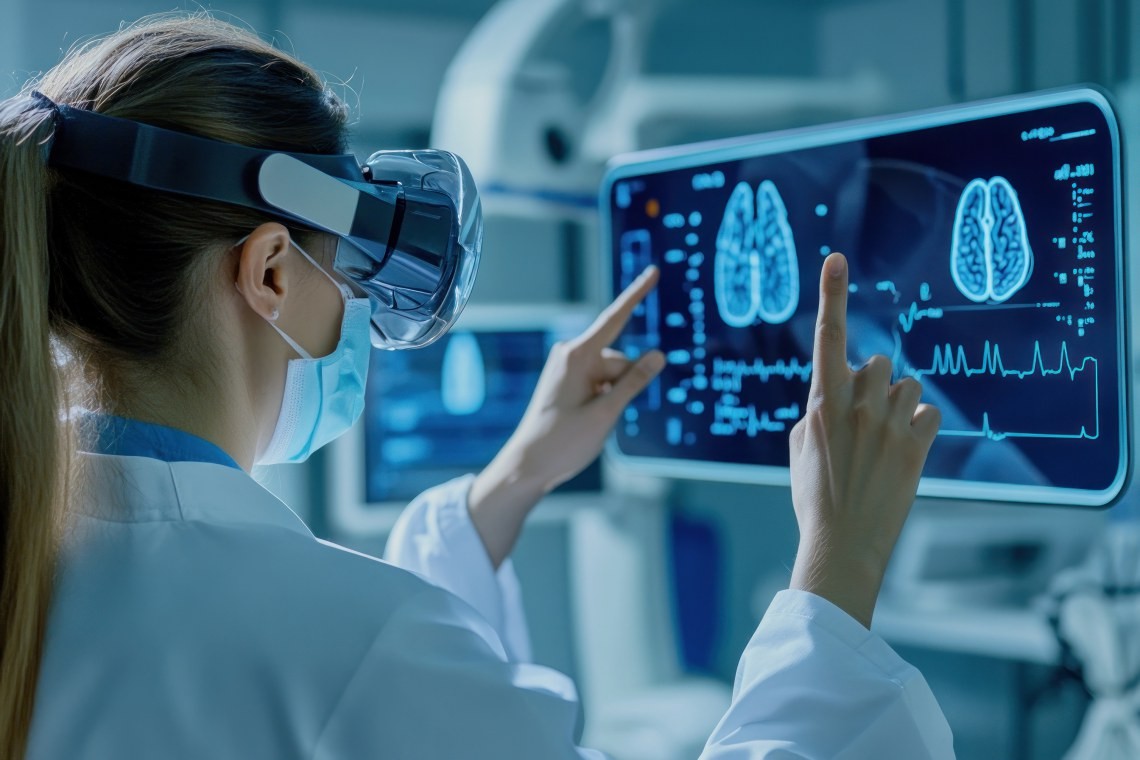Bringing Intelligence to the Edge: How AI/ML is Transforming Medical Devices
AI/ML at the edge is redefining what's possible in healthcare, enabling real-time decision-making and enhancing patient care—all while maintaining privacy. Here's how edge intelligence is shaping the future of medical devices.

How Edge AI/ML Is Transforming Medical Devices at the Point of Care
Imagine a doctor in a remote village, miles from the nearest hospital, using a handheld ultrasound device to diagnose a patient. Within seconds, the device highlights an abnormality in the scan—no cloud connection, no delay, just instant insight. That’s the power of Artificial Intelligence/Machine Learning (AI/ML) at the edge: turning ordinary medical tools into intelligent assistants, capable of acting in the moment.
In this blog post, you’ll learn how Edge AI/ML from Microchip is enhancing the capabilities of medical devices, from wearables to imaging tools. We’ll consider specific use cases, the benefits of running intelligence locally on devices and how this technology is poised to make healthcare more responsive, reliable and accessible.
The healthcare industry is increasingly turning to artificial intelligence to augment clinical decisions, improve patient monitoring and streamline diagnostics. But traditional AI relies heavily on cloud computing, which can introduce latency, raise privacy concerns and require continuous internet connectivity.
Enter Edge AI—the ability to run machine learning models directly on a device. Advances in embedded processing power, such as those enabled by Microchip’s low-power, high-performance microcontrollers (MCUs), microprocessors (MPUs, Field-Programmable Gate Arrays (FPGAs) and Systems-on-Chip (SoCs) are making it possible to deploy intelligence directly where it’s needed: at the point of care.
Real-Time Decision Making in Diagnostic Imaging
Handheld ultrasound and portable X-ray machines equipped with Edge ML models can analyze images in real time—detecting anomalies like tumors or fractures without sending data to the cloud. This is critical in emergency response (ER) situations and rural clinics where time and connectivity are limited.
Smarter Wearables for Preventive Care
Edge AI enables wearables—like ECG patches and glucose monitors—to monitor vital signs continuously and detect abnormal patterns such as arrhythmias or hypoglycemia. Processing on-device reduces data overload and extends battery life.
Adaptive Neuro and Respiratory Devices
Medical devices like CPAP machines or neurostimulators can use AI to adapt therapy based on detected patterns in breathing or brain activity. This personalization boosts treatment effectiveness and patient comfort.
Privacy and Compliance
By keeping sensitive patient data on the device, Edge AI helps to support HIPAA (US) and MDR (EU) data privacy and security compliance and reduces the risk of data breaches—essential for modern medical environments.
Want More?
If you’re developing or integrating medical devices, now’s the time to explore how Edge AI/ML from Microchip can make your solutions smarter, faster and more secure. Microchip offers a range of embedded solutions—including high-performance, low-power MCUs, MPUs, FPGAs and SoCs—designed for medical applications at the Intelligent Edge.
Learn more about our solutions for AI at the Edge.